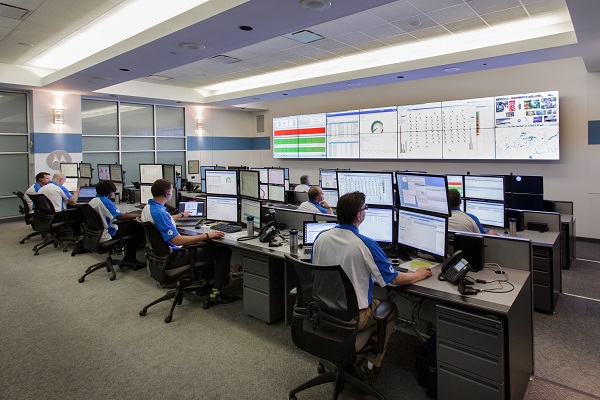On February 16, 1968, the first 9-1-1 call was placed by Senator Rankin Fite in Haleyville, Alabama. Before this time, if someone had an emergency, they would dial “0” for the operator or call the local station. It wasn’t until the Public Safety Act of 1999 that 9-1-1 was officially established as the nation’s emergency calling number.
Back in 1968, AT&T was the telephone service provider for most of the United States, and rotary phones were predominantly used. For those of you who never used a rotary phone before, YouTube demos highlight what it was like to place a call.
The 9-1-1 system is now so familiar that most people don’t even think about it, until an emergency happens. 9-1-1 remains a vital part of everyday crime-fighting, fire and emergency medical response, as well as the management of major events and the response to natural disasters. Legacy 9-1-1 systems installed decades ago are based on analog circuit-switched technology used in the Public Switched Telephone Networks (PSTN), and remain the backbone of how calls are delivered.
While not much has changed with the technology in use, what has changed is how calls to 9-1-1 are placed.
Approximately 240 million 9-1-1 calls are placed a year with 80% of calls using cellular phones. With the proliferation of smart devices now in use, new technology colliding with old infrastructure can have major implications in call processing speed, flexibility to route calls, and location accuracy by PSAPs (Public Safety Answering Points) when help is needed most.
9-1-1 services need to grow beyond voice to save seconds and lives.
Public safety agencies recognize the need to improve supporting requests for assistance and face many challenges in transforming how they can respond faster and smarter. The efforts of the NG9-1-1 Institute, APCO International, NENA and iCERT organizations place the critical needs of public safety in the forefront to achieve the true promise of Next Generation 9-1-1 — helping first responders do a better job and protect the well-being of the communities served.
The next 50 years: accelerating transformation.
NG9-1-1 will eventually replace the current 9-1-1 systems allowing citizens to send text messages, photos, videos, and other digital information to public safety agencies to respond more safely and effectively. Motorola Solutions is proud to be working alongside public safety agencies for 90 years, innovating mission-critical communications, and providing service and support for call-taking and dispatch solutions for over 30 years, including PremierOne and Spillman Flex. Our expansion investment with CallWorks and pending acquisition of Airbus DS Communications, along with our partnership with RapidSoS, are designed to help agencies accelerate beyond NG9-1-1 and expand their capabilities with enhanced intelligence for improved response and safety.
Over these past 50 years, 9-1-1 has saved thousands of lives thanks to the many heroes who helped answer the calls. As technology rapidly evolves, Next Generation 9-1-1 delivers the flexibility and tools needed to effectively and efficiently support operations and achieve the best possible outcome for years to come.




